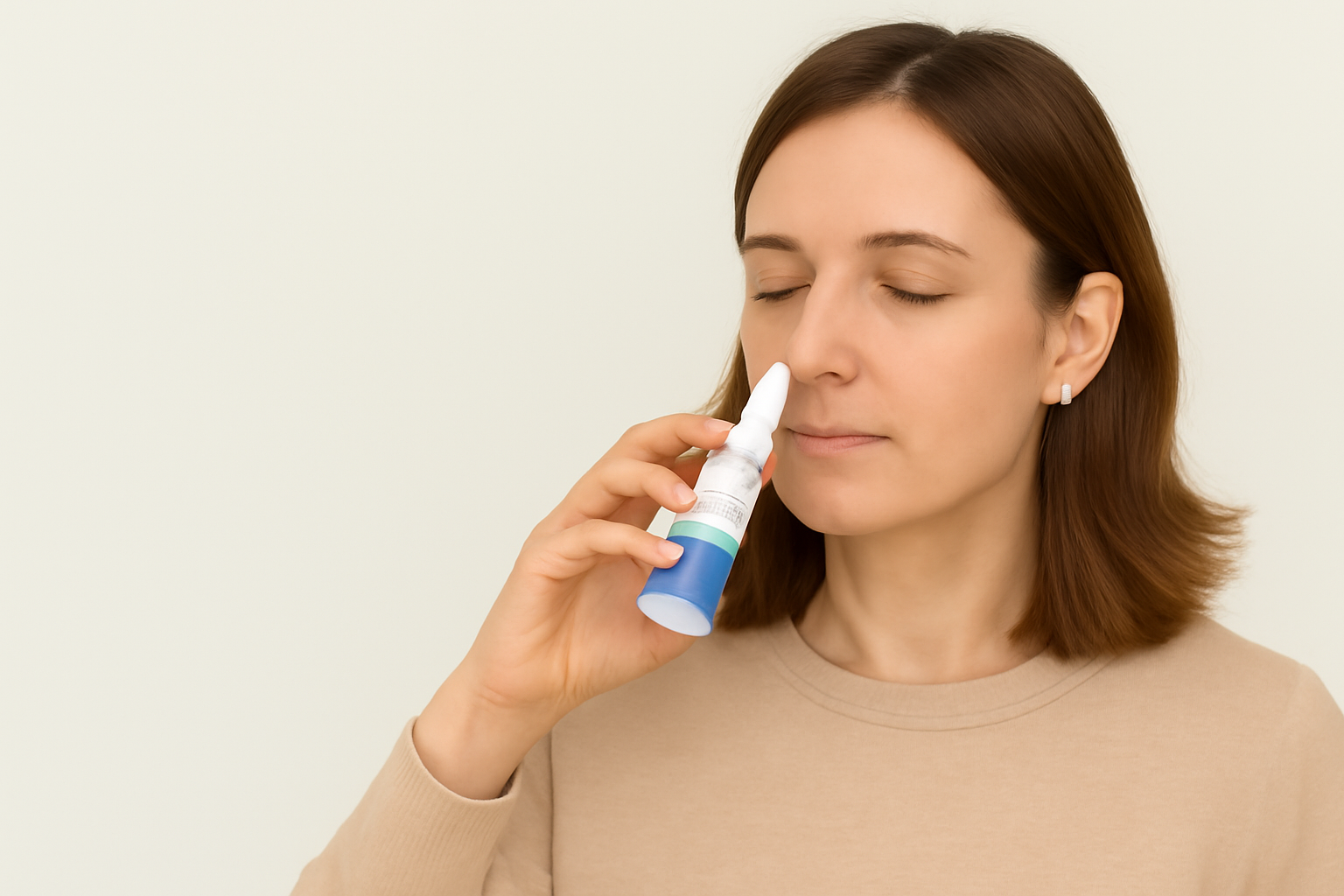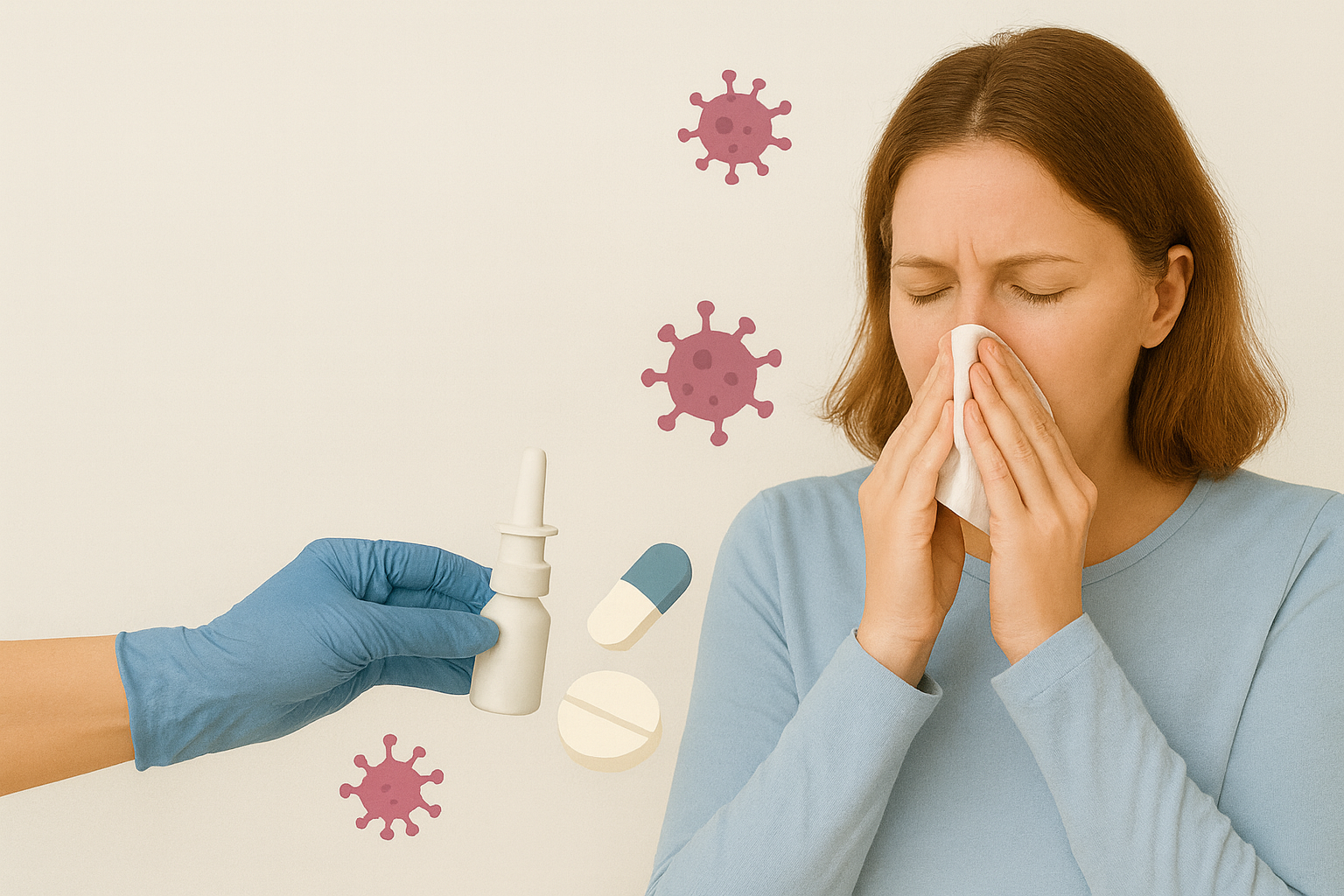What if reducing the risk of COVID-19 transmission were as simple as a nasal spray and mouthwash?
A team of UK clinicians propose a povidone-iodine protocol to help protect healthcare workers during high-risk procedures.
Why the Concern?
COVID-19 spreads easily through aerosols and droplets—especially during medical procedures that involve the nose, mouth, and throat. These areas often carry very high viral loads, even in asymptomatic patients.
Procedures like intubation, bronchoscopy, dental work, and ENT exams are known to generate aerosols. With healthcare workers (HCWs) at high risk of exposure, a low-cost, pre-procedure antiseptic protocol could offer an added layer of defense.
The Case for Povidone-Iodine (PVP-I)
- Proven broad-spectrum virucidal action, including against other coronaviruses (SARS, MERS)
- Active at low concentrations (as low as 0.23%)
- No known resistance or antibiotic cross-tolerance
- Well-tolerated in nasal and oral applications at low doses
- Shown to reduce oral bacteria for up to 3 hours in clinical settings
Proposed Protocol
Solution:
- 10% PVP-I diluted 1:20 in sterile water → 0.5% PVP-I solution
- Total iodine dose remains well within safety margins
Steps for conscious patients and healthcare workers:
- Nasal spray: 0.28–0.3 mL into each nostril (2 sprays)
- Mouth rinse: 9 mL swished and gargled for 30 seconds
For unconscious patients:
- Oral swabbing with 2 mL of 0.5% PVP-I using a sponge
Timing:
- Every 6 hours for COVID-19 patients
- Up to 4 times daily for healthcare workers (especially before and during patient contact)
Who Shouldn’t Use It?
Exclude if patient or staff has:
- Iodine allergy
- Thyroid disease or radioiodine treatment
- Pregnancy or renal failure
- Active dermatitis herpetiformis
Use in children is only advised as a single-use application, not prolonged.
Why It Matters
Unlike chlorhexidine (which lacks virucidal activity against coronaviruses), PVP-I offers strong in vitro support and decades of safety data. The paper argues for its routine use in high-risk settings, especially for:
- Dentistry and oral surgery
- ENT examinations
- Airway procedures (intubation, bronchoscopy)
This is especially relevant in low-resource settings where PPE shortages may limit protection.
Final Thought
The authors recommend urgent consideration of PVP-I nasal and oral application as a low-risk, accessible adjunct to PPE. While more in vivo studies are needed, the proposed protocol is easy to implement and could significantly reduce viral transmission risk—protecting both patients and frontline workers.






.png)